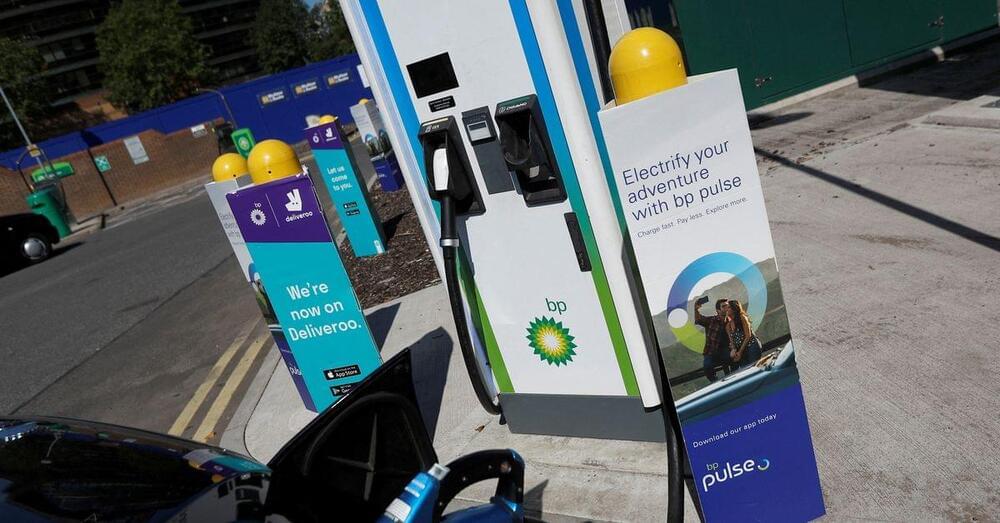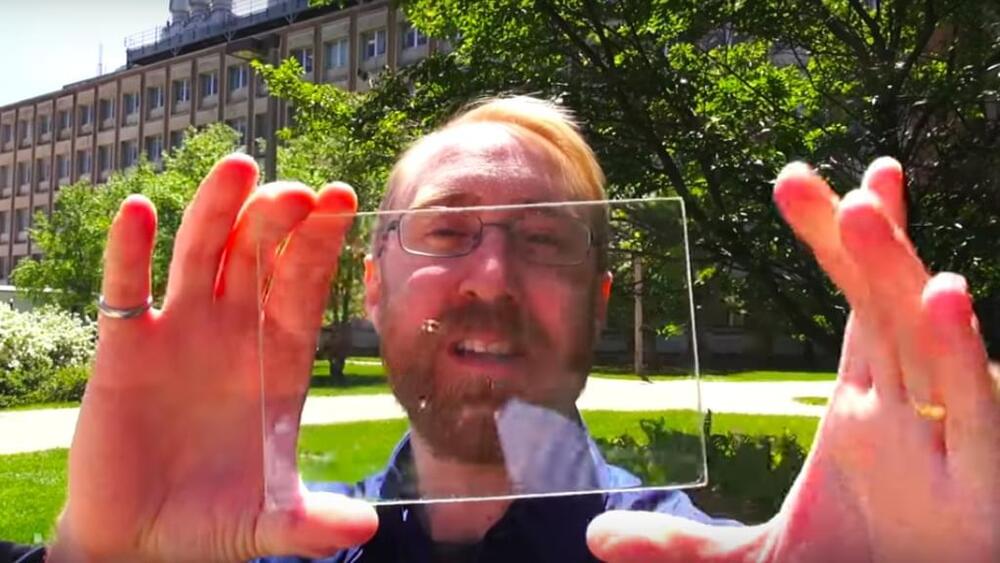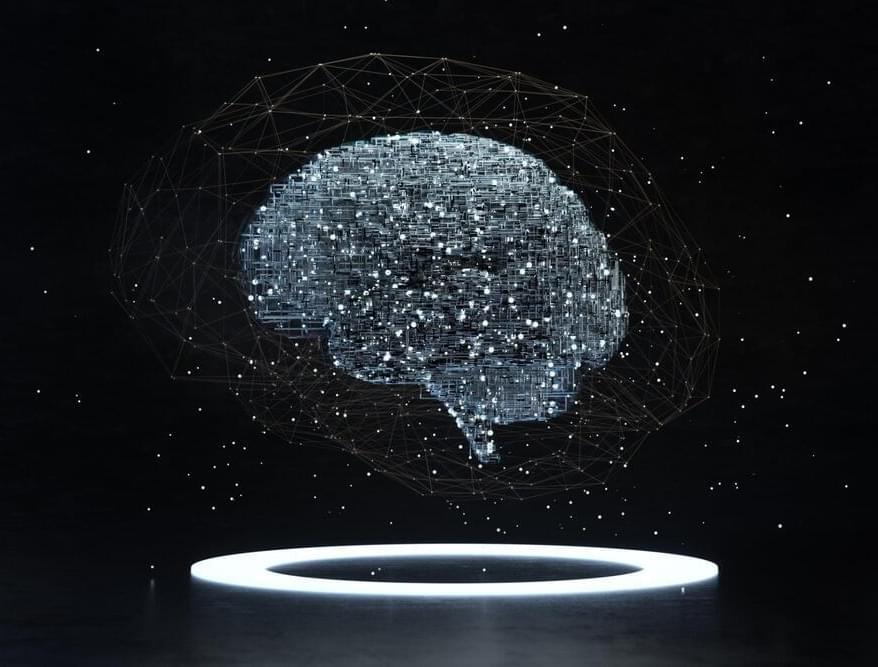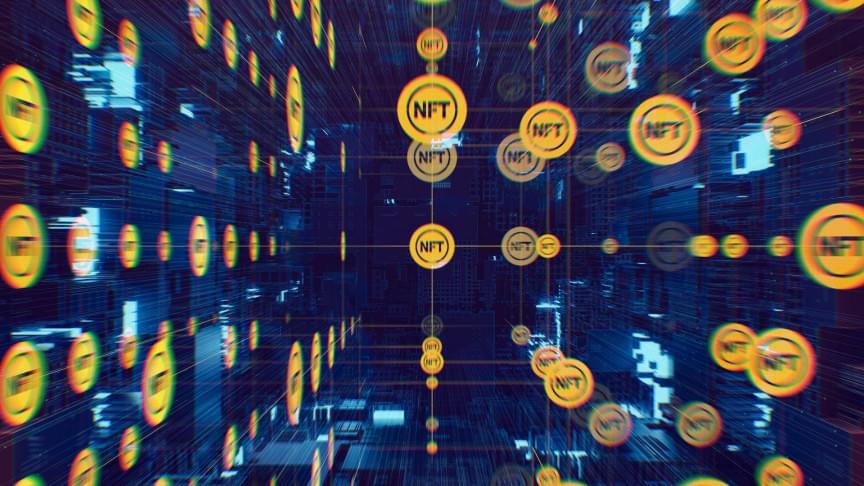For enterprises that are looking to bring a zero trust approach as a way to better secure identities and permissions, leveraging advanced AI is now essential in order to achieve accuracy and scalability, ForgeRock CEO Fran Rosch told VentureBeat.
While traditionally, zero trust decision-making has relied mostly upon rules–for instance, rejecting a user request based on an impossible geographic location– ForgeRock adds in AI algorithms that enable far greater accuracy, Rosch said. This accuracy equates to dramatically enhanced security, he said–citing an example of a recent customer that increased its entitlement rejections by 300% after deploying ForgeRock.
“Because it was previously all done by these rules, and people were rubber-stamping these entitlement requests, they were letting these things go that they should never have approved,” Rosch said in a recent interview. “That was increasing the risk to the company. Because there were people who had no business accessing HR data, and no business accessing sales data, that were getting that information. So by leveraging the AI, a 300% increase in request rejections really tightened up the security of the organization.”





